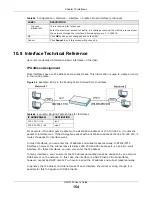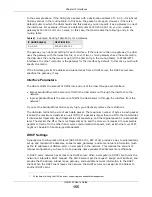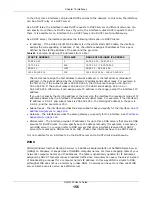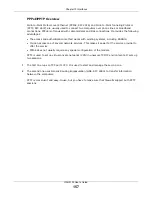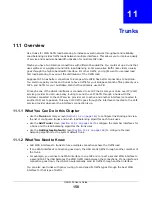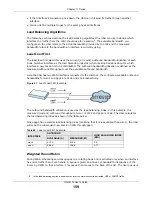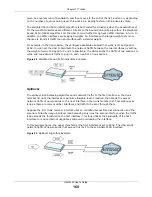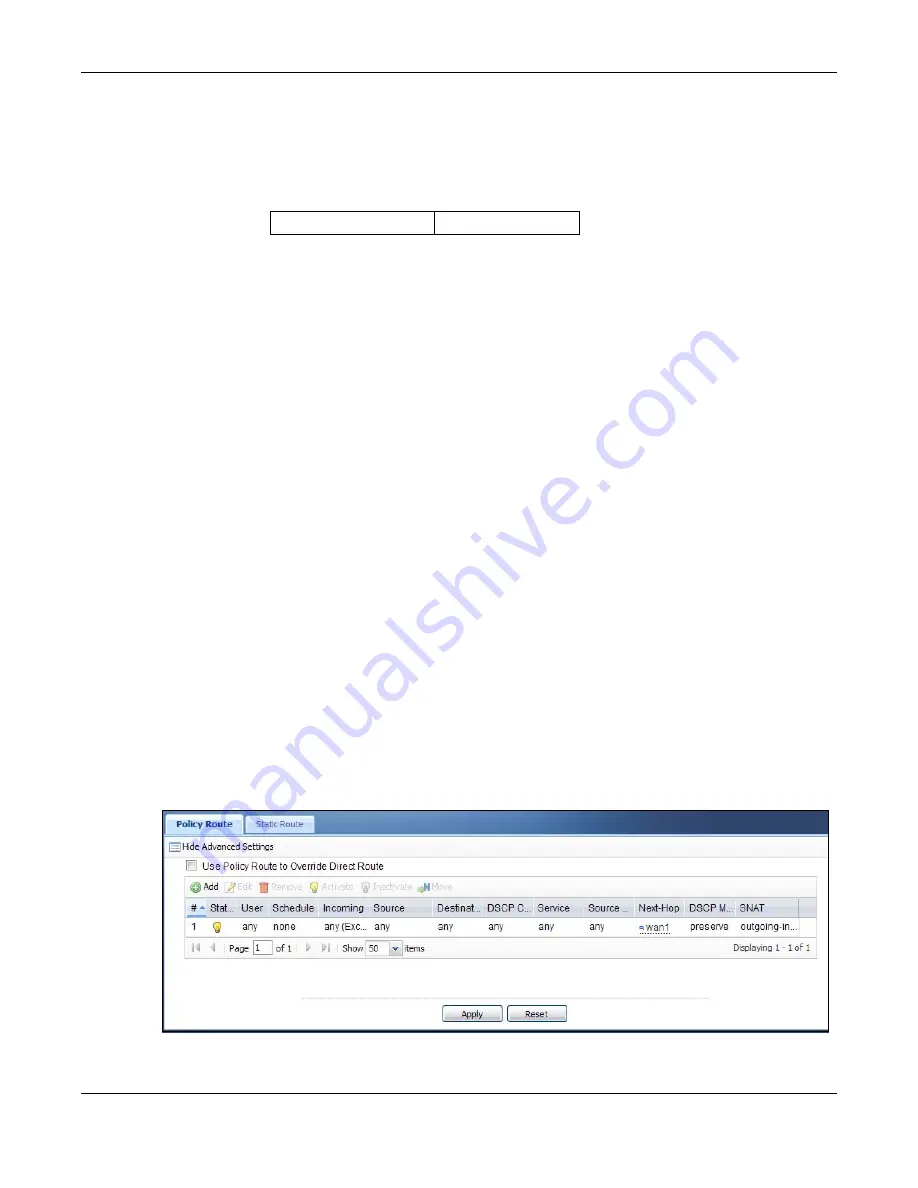
Chapter 12 Policy and Static Routes
UAG5100 User’s Guide
168
DSCP Marking and Per-Hop Behavior
DiffServ defines a new DS (Differentiated Services) field to replace the Type of Service (TOS) field
in the IP header. The DS field contains a 2-bit unused field and a 6-bit DSCP field which can define
up to 64 service levels. The following figure illustrates the DS field.
DSCP is backward compatible with the three precedence bits in the ToS octet so that non-DiffServ
compliant, ToS-enabled network device will not conflict with the DSCP mapping.
The DSCP value determines the forwarding behavior, the PHB (Per-Hop Behavior), that each packet
gets across the DiffServ network. Based on the marking rule, different kinds of traffic can be
marked for different kinds of forwarding. Resources can then be allocated according to the DSCP
values and the configured policies.
Finding Out More
for more background information on policy routing.
12.2 Policy Route Screen
Click Configuration > Network > Routing to open the Policy Route screen. Use this screen to
see the configured policy routes.
A policy route defines the matching criteria and the action to take when a packet meets the criteria.
The action is taken only when all the criteria are met. The criteria can include the user name,
source address and incoming interface, destination address, schedule, IP protocol (ICMP, UDP, TCP,
etc.) and port.
The actions that can be taken include:
• Routing the packet to a different gateway, outgoing interface, or trunk.
IPPR follows the existing packet filtering facility of RAS in style and in implementation.
Figure 104
Configuration > Network > Routing > Policy Route
DSCP (6 bits)
Unused (2 bits)

